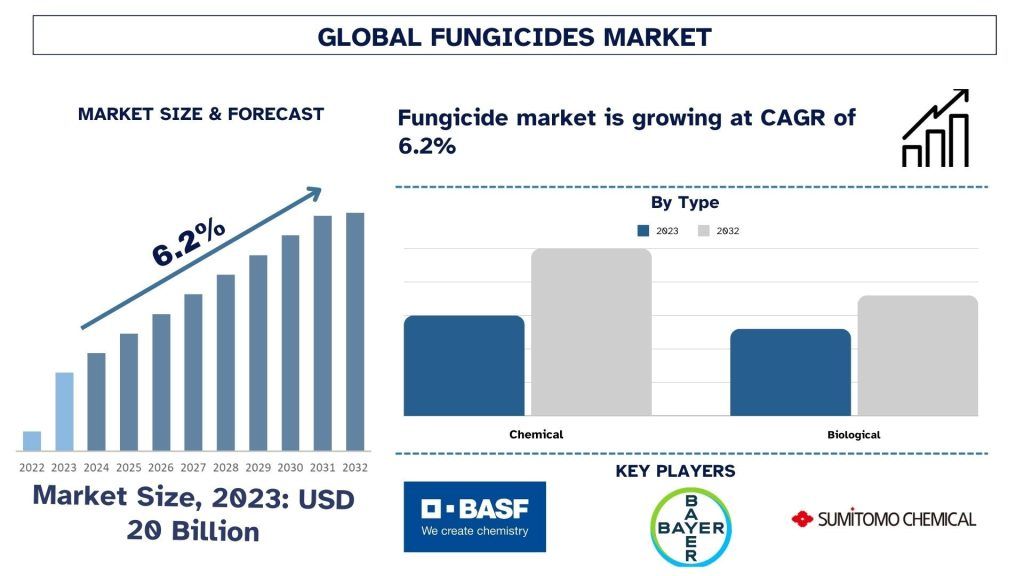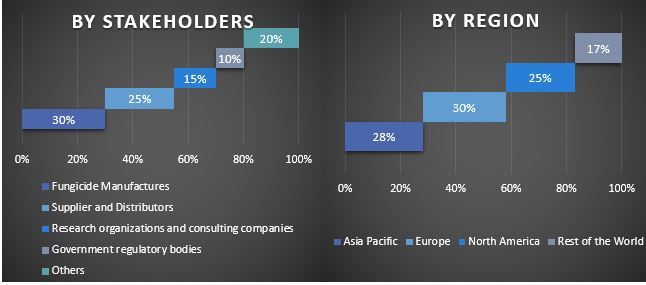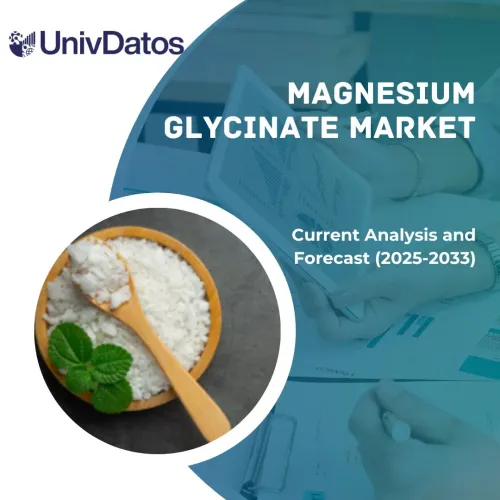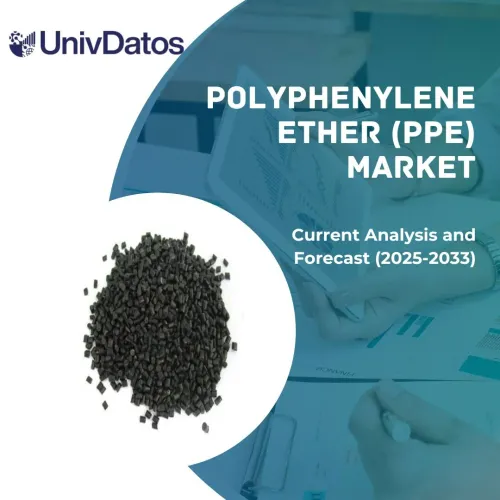- Home
- About Us
- Industry
- Services
- Reading
- Contact Us
Fungicides Market: Current Analysis and Forecast (2024-2032)
Emphasis on Type (Chemical and Biological); Crop (Cereals and Grains, Oilseeds and Pulses, Fruits and Vegetables, and Others); Application (Seed Treatment, Soil Treatment, Foliar Spray, Post-Harvest, and Others); and Region and Country
Fungicides Market Size & Forecast
The Fungicides market was valued at approximately USD 20 Billion in 2023 and is expected to grow at a robust CAGR of around 6.2% during the forecast period (2024-2032). The market for fungicides is expanding due to several reasons, such as an expanding population’s food needs on a global scale in combination with improvements in agricultural practices, and concerns about crop losses due to fungal diseases.
Fungicides Market Analysis
Over the years, the world witnessed a rise in population and is continuously growing to create greater demand for food and changes in food consumption patterns. And the strain on land, which is a limited resource, has also grown. However, the growth of the population outpaced the land growth, thereby reducing the agricultural land per capita. Besides, the diseases that damage crops and plants are also increasing. They are reducing the production of crops and there is huge economic loss. For instance, the Food and Agriculture Organization (FAO) estimates that annually up to 40 percent of global crop production is lost to pests. Each year, plant diseases cost the global economy over $220 billion, and invasive insects at least $70 billion. This reduction in crop production due to diseases and the rising population has increased the global focus on improving crop yield, thereby increasing the interest of fungicide manufacturers to produce more advanced, productive, and less toxic to humans, fungicides. Fungicides are the products used for protecting farm products from insects, pests, and diseases. These are the specific products also used for improving quality and increasing crop production.
Fungicides Market Trends
This section discusses the key market trends influencing the fungicide segments as identified by our research experts.
Biological Segment Transforming Industry
Based on type, the market is categorized into chemical and biological. Of both, the biological category is likely to showcase robust growth during the forecast period owing to increasing adoption considering the shifting focus on organic products. Biological fungicides are made up of organic matter which is used in the agriculture sector for controlling pathogenic organisms, insect infestation, and plant diseases. Bio-fungicide also plays a vital role in enhancing the soil quality of arable lands by balancing the essential contents of the soil. Moreover, chemical fungicides sometimes kill crops and plants if not handled carefully as they contain toxic substances.
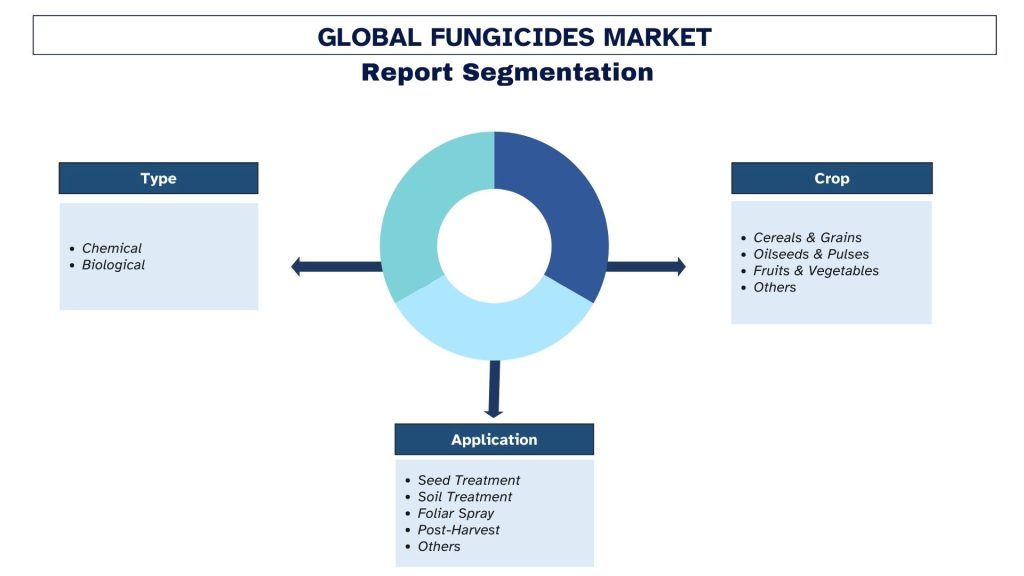
Asia Pacific to hold a significant share of the market
The large base of the agriculture sector of the Asia-Pacific region helped the region to obtain a dominating position in the market. Regional demand for fungicides due to agricultural consumption is needed to feed the growing and already higher population. Additionally, in countries, such as India and other southeast Asian countries, the arable land per person is decreasing at an alarming rate as the population is increasing and due to pollution and climatic conditions diseases are also increasing here the use of fungicides can play an important role in increasing the average crop yields per hectare.
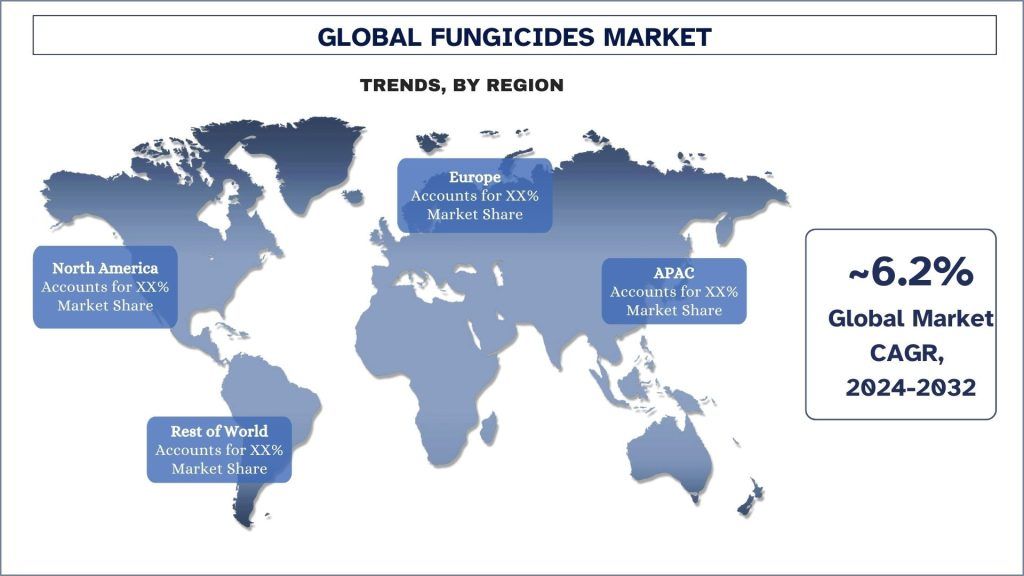
Fungicides Industry Overview
Fungicides are competitive, with several global and international market players. The key players are adopting different growth strategies to enhance their market presence, such as partnerships, agreements, collaborations, new product launches, geographical expansions, and mergers and acquisitions. Some of the major players operating in the market are BASF, Bayer AG, Sumitomo Chemical Co. Ltd., Syngenta AG, Corteva, UPL, ADAMA, JIANGSU YANGNONG CHEMICAL CO., LTD, Nufarm Canada, FMC Corporation. Several M&As along with partnerships have been undertaken by these players to facilitate customers with hi-tech and innovative products/technologies.
Recent Development
In 2024, Syngenta India introduced Miravis Duo and Reflect Top, two innovative fungicides. Miravis Duo addresses fungal diseases in tomatoes, chili, groundnuts, and grapes, while reflect Top provides effective sheath blight protection for rice. These products are designed to enhance crop yield and support India’s vital agriculture sector, particularly in exports.
Fungicides Market Report Coverage
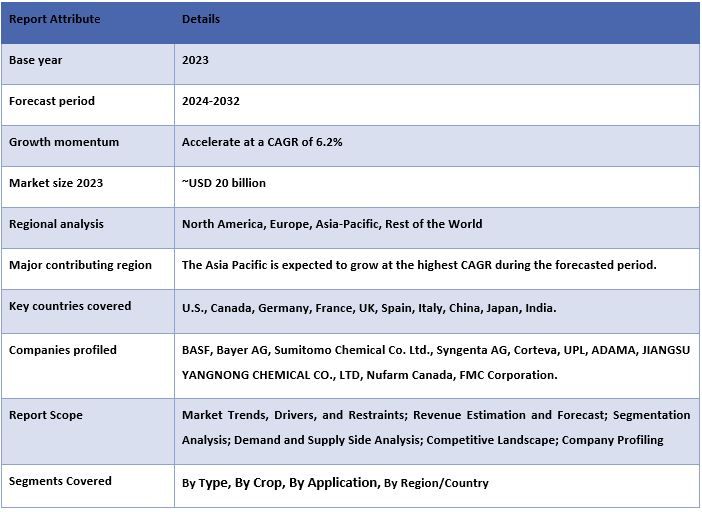
Reasons to buy this report:
- The study includes market sizing and forecasting analysis validated by authenticated key industry experts.
- The report presents a quick review of overall industry performance at one glance.
- The report covers an in-depth analysis of prominent industry peers with a primary focus on key business financials, product portfolios, expansion strategies, and recent developments.
- Detailed examination of drivers, restraints, key trends, and opportunities prevailing in the industry.
- The study comprehensively covers the market across different segments.
- Deep dive regional level analysis of the industry.
Customization Options:
Global Fungicides can further be customized as per the requirement or any other market segment. Besides this, UMI understands that you may have your own business needs; hence, feel free to connect with us to get a report that completely suits your requirements.
Table of Content
Research Methodology for the Fungicides Market Analysis (2022-2032)
Analyzing the historical market, estimating the current market, and forecasting the future market of the global Fungicides market were the three major steps undertaken to create and analyze the adoption of Fungicides in major regions globally. Exhaustive secondary research was conducted to collect the historical market numbers and estimate the current market size. Secondly, numerous findings and assumptions were taken into consideration to validate these insights. Moreover, exhaustive primary interviews were also conducted, with industry experts across the value chain of the global Fungicides market. Post assumption and validation of market numbers through primary interviews, we employed a top-down/bottom-up approach to forecasting the complete market size. Thereafter, market breakdown and data triangulation methods were adopted to estimate and analyze the market size of segments and sub-segments of the industry. Detailed methodology is explained below:
Analysis of Historical Market Size
Step 1: In-Depth Study of Secondary Sources:
A detailed secondary study was conducted to obtain the historical market size of the Fungicides market through company internal sources such as annual reports & financial statements, performance presentations, press releases, etc., and external sources including journals, news & articles, government publications, competitor publications, sector reports, third-party database, and other credible publications.
Step 2: Market Segmentation:
After obtaining the historical market size of Fungicides, we conducted a detailed secondary analysis to gather historical market insights and share for different segments & sub-segments for major regions. Major segments are included in the report, such as type, crop, application, and region. Further country-level analyses were conducted to evaluate the overall adoption of testing models in that region.
Step 3: Factor Analysis:
After acquiring the historical market size of different segments and sub-segments, we conducted a detailed factor analysis to estimate the current market size of the Fungicides market. Further, we conducted factor analysis using dependent and independent variables such as type, crop, application, and region. A thorough analysis was conducted of demand and supply-side scenarios considering top partnerships, mergers and acquisitions, business expansion, and product launches in the Fungicides market sector across the globe.
Current Market Size Estimate & Forecast
Current Market Sizing: Based on actionable insights from the above three steps, we arrived at the current market size, key players in the global Fungicides market, and market shares of the segments. All the required percentage shares split and market breakdowns were determined using the above-mentioned secondary approach and were verified through primary interviews.
Estimation & Forecasting: For market estimation and forecast, weights were assigned to different factors including drivers & trends, restraints, and opportunities available for the stakeholders. After analyzing these factors, relevant forecasting techniques i.e., the top-down/bottom-up approach were applied to arrive at the market forecast for 2032 for different segments and sub-segments across the major markets globally. The research methodology adopted to estimate the market size encompasses:
- The industry’s market size, in terms of revenue (USD) and the adoption rate of Fungicides across the major markets domestically
- All percentage shares, splits, and breakdowns of market segments and sub-segments
- Key players in the global Fungicides in terms of products offered. Also, the growth strategies adopted by these players to compete in the fast-growing market
Market Size and Share Validation
Primary Research: In-depth interviews were conducted with the Key Opinion Leaders (KOLs), including Top Level Executives (CXO/VPs, Sales Head, Marketing Head, Operational Head, Regional Head, Country Head, etc.) across major regions. Primary research findings were then summarized, and statistical analysis was performed to prove the stated hypothesis. Inputs from primary research were consolidated with secondary findings, hence turning information into actionable insights.
Split of Primary Participants in Different Regions
Market Engineering
The data triangulation technique was employed to complete the overall market estimation and to arrive at precise statistical numbers for each segment and sub-segment of the global Fungicides. Data was split into several segments and sub-segments after studying various parameters and trends in the type, crop, application, and regions of the global Fungicides market.
The main objective of the Global Fungicides Market Study
The current & future market trends of global Fungicides were pinpointed in the study. Investors can gain strategic insights to base their discretion for investments on the qualitative and quantitative analysis performed in the study. Current and future market trends determined the overall attractiveness of the market at a regional level, providing a platform for the industrial participant to exploit the untapped market to benefit from a first-mover advantage. Other quantitative goals of the studies include:
- Analyze the current and forecast market size of the Fungicides market in terms of value (USD). Also, analyze the current and forecast market size of different segments and sub-segments.
- Segments in the study include areas of type, crop, application, and regions.
- Define and analyze the regulatory framework for the Fungicides
- Analyze the value chain involved with the presence of various intermediaries, along with analyzing customer and competitor behaviors of the industry.
- Analyze the current and forecast market size of the Fungicides market for the major regions.
- Major countries of regions studied in the report include Asia Pacific, Europe, North America, and the Rest of the World
- Company profiles of the Fungicides market and the growth strategies adopted by the market players to sustain in the fast-growing market.
- Deep dive regional level analysis of the industry.
Frequently Asked Questions FAQs
Q1: What is the global Fungicide's current size and growth potential?
Q2: What are the driving factors for the growth of global Fungicides Market?
Q3: Which segment has the largest share of the global Fungicides Market by type?
Q4: What are the emerging technologies and trends in global Fungicides Market?
Q5: Which region will dominate global Fungicides Market?
Related Reports
Customers who bought this item also bought

